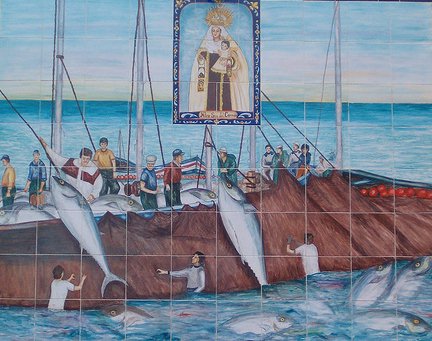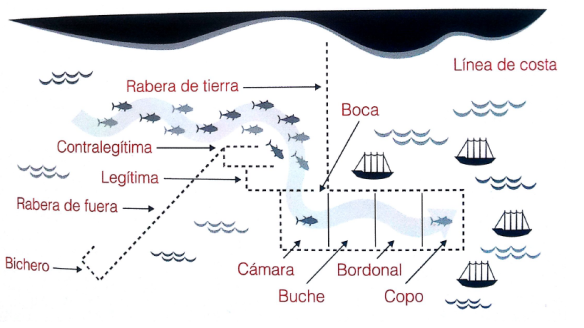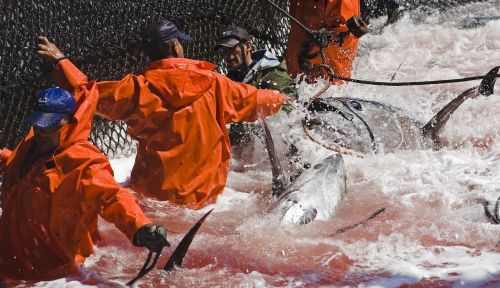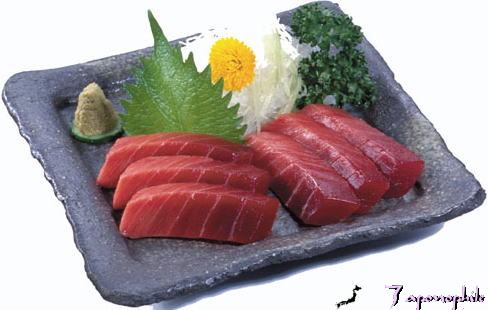 Have you registered for the SIETAR Europa conference in Valencia, Spain May 21-23? The conference is the leading gathering of interculturalists in Europe, and is attended by many professionals from around the world. It is known for the quality of presentations and the intellectual exchange.
Have you registered for the SIETAR Europa conference in Valencia, Spain May 21-23? The conference is the leading gathering of interculturalists in Europe, and is attended by many professionals from around the world. It is known for the quality of presentations and the intellectual exchange.
“This congress welcomes all those whose life and work puts them at the interface of cultures, from the perspectives of economy, society, and education with the aim of reshaping intercultural discourse, questioning our current cultural paradigms and exploring new thinking to help us navigate complexity in our emerging global world.”
—SIETAR Europa
Since our founding, the Cultural Detective Team has been committed to transparency, professional development, and vetting by our peers, and this congress will be no exception. Cultural Detective will have a huge presence at the congress, and we sincerely hope to see you there!
Firstly, Tatyana Fertelmeyster will conduct a Cultural Detective Facilitator Certification on May 18th and 19th. So many of you who live in Europe ask us for European-based certifications, so here is your chance! This is the only one scheduled in Europe this year. Attendance is limited, so please register early.
Also on May 19th, Pari Namazie and I will have the pleasure of conducting a pre-conference workshop, heavily based on Cultural Detective tools, entitled Blended Culture Identity, Global Ethics and their Value for Leadership and Teaming. I am very excited about where this workshop will take us. Ethics and authenticity are of crucial importance to cross-cultural leadership and teaming, and are too often overlooked.
A third CD-based session will be held on Saturday, the 23rd May at 10:00: Firearms in US Society: a Case Study about the Role of Interculturalists in Polarized and Politicized National Conversations, by Jeffrey Cookson and myself.
You’ll find pre-conference and concurrent sessions by Cultural Detective authors Marie-Therese Claes, Patricia Coleman, Heather Robinson, Catherine Roignan, George Simons, Jolanda Tromp, Rita Wuebbeler, Tatyana and myself, plus sessions by CD translators, certified facilitators and partners. We look forward to meeting you or reconnecting with you in Valencia!
Learn more about the city of Valencia.
Take Cultural Detective author George Simons’ diversophy® quiz on Valencia.




